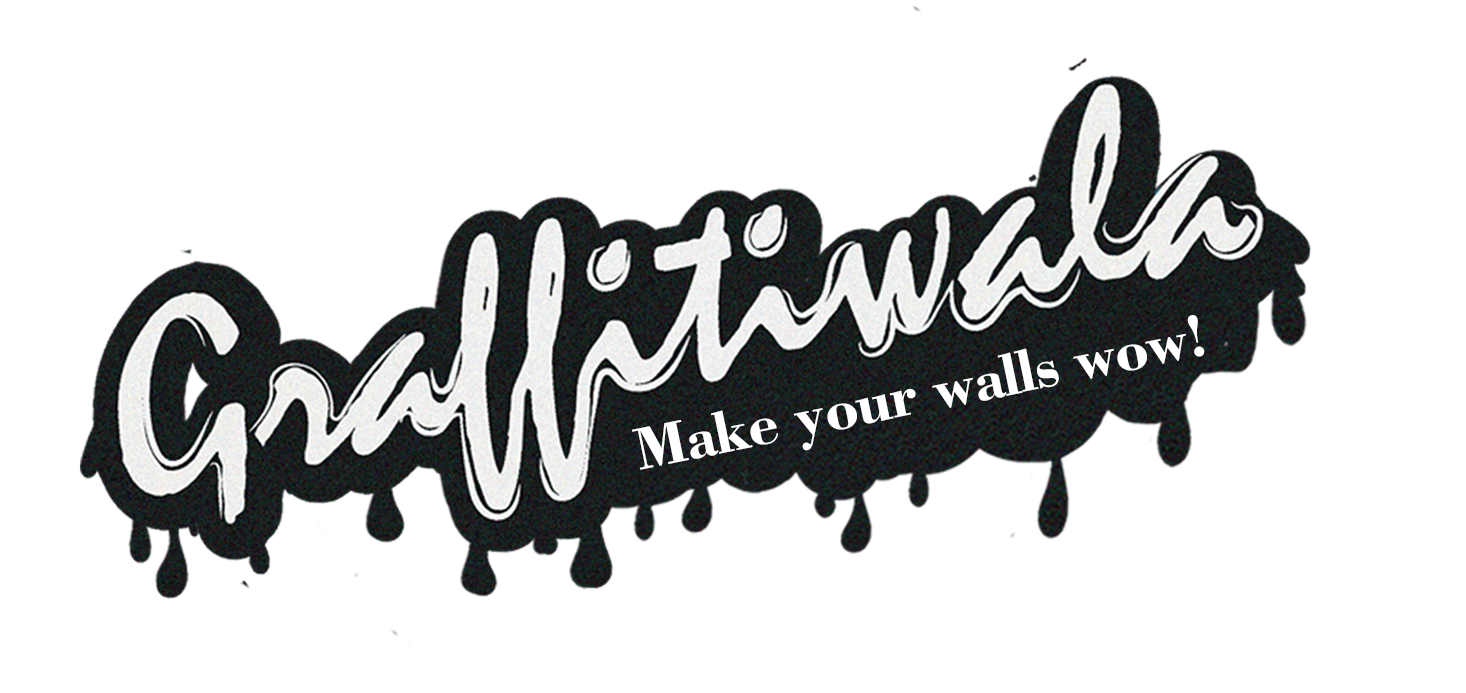
Graffiti, as a form of art emerged in the late 1960s. The very first observation came to public attention in the streets of New York, New Orleans, Philadelphia and Florida. It typically emerged in the United States, as a voice of rebellion and dissent against oppressive political structures or systems.
This unique art-form has become an important medium of expression, especially for the urban settler. Graffiti adheres to the needs of working or middle class citizens, which is why artists tend to paint public walls to express their opinions, ideas and so on. The artform also got embraced by musical movements, like Hip-Hop and R&B, and has essentially become a part of their creative ventures.
Historical significance
Although Graffiti got recognized in the early-modern period, traces of its origins date back centuries ago (roughly thirty thousand years). The term was first used in 1850, to mainly describe or identify inscriptions that were carved on walls, and other pictorial representations found at several archaeological sites.
Archaeologists have traced its origins all the way back to ancient civilizations, like the Roman and Harappan civilizations. They have revealed a fascinating amount of evidence suggesting how these forms of art have been used for communication, narration and expressive purposes.
Hence, research on graffiti and ancient murals have become significant for understanding how the human race progressed during ancient periods. It has also given researchers stark ideas as to how language was developed overtime.
Cultural contexts
Graffiti has always been representative of the people’s voices. As a medium of expression, it has become a tool for political expression, protest or dissent. Walls on the street reflects itself as the urban environment’s common gallery, and this very gallery is used by artists to express their concerns regarding exclusive laws, biased policies, tyrannous regimes, environmental degradation and political upheavals.
Throughout history, we have seen how Graffiti plays an impeccable role in voicing the concerns of the oppressed, such as African Americans, Middle-Eastern natives, and so on.
Several countries in-fact consider Graffiti as a form of urban decay and have imposed strict restrictions against it. On the other hand, some other countries have embraced the possibilities that can emerge from such artforms, which is why they have regulated the proceedings of such art-forms, through the framing of inclusive and effective policies.
Graffiti has become an important medium of cultural representation. In this postmodern era, it has also become a unique tool for beautification of urban environments, city-streets and so on.
Influence on society and artists
The social influence is vivid. People or observers get instant messages as they pass down the street. They often stumble upon news or events that even national media outlets or platforms do not showcase. In the streets of New Delhi, India, there are several artworks representing the need for strict ecological control and sustainable development.
Walls have been painted to represent modern culture, inclusive society, equality, and to celebrate the legacies of freedom fighters. In-turn observers also start resonating as they pass down the street, looking at these murals or art-works.
It develops a sense of patriotism in the hearts and minds of passers-by, through the representation of freedom fighters, or a sense of concern watching how anthropocentric development has plagued the environment.
The influence is simply massive. These forms of art have gone on to influence the style of artists as well. For instance, Japanese street-artist Cho-One made quite the name by merging cultural representations with modern day visuals.
Let us conclude
It is evident as to how this form of art went on to influence society and express opinions that were shrouded by political pressure. Graffiti has become an important tool for communication and expression now.
Looking back at its history gives us a greater understanding as to how language evolved overtime. It also sheds light on how ancient civilizations used space as a means of expression or communication. The historical and cultural significance of Graffiti is therefore impeccable and is only set to grow in the future.
It emerged as an underground movement, like hip-hop, and has now expanded or evolved to dominate or influence mainstream movements in the world of art and culture.

